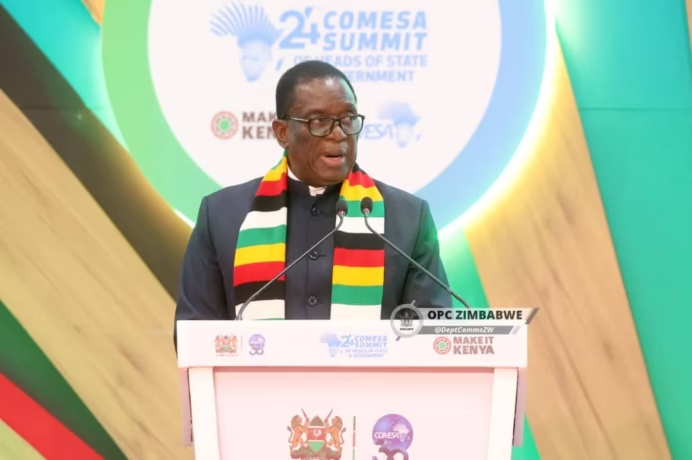
The Zimbabwean government has unveiled an ambitious 2024/2025 Crops, Horticulture, Fisheries, and Livestock Summer Plan, aiming to boost agricultural productivity and enhance food security. Presented by Honourable Dr. A.J. Masuka, Minister of Lands, Agriculture, Fisheries, Water, and Rural Development, the plan is a strategic response to the challenges of the previous El Nino-affected season and anticipates improved rainfall conditions due to a predicted La Nina phenomenon.
This plan is a key component of the Agriculture, Food Systems, and Rural Transformation Strategy (AFSRTS) and focuses on increasing the production of food and feed crops, oilseeds, and industrial crops for both local consumption and export. The government aims to significantly raise cereal production from 750,000 metric tonnes in the 2023/2024 season to over 3.2 million metric tonnes in the upcoming season. The area dedicated to cereal crops is expected to expand from 2.3 million hectares to 2.5 million hectares, with maize production projected to grow from 635,000 metric tonnes to 2.7 million metric tonnes. Average maize yields are also anticipated to rise from 0.8 metric tonnes per hectare to 1.5 metric tonnes per hectare, while traditional grain yields are expected to increase substantially.
The plan also includes ambitious targets for oilseed production, with a goal of producing 97,700 megaliters of oil from cotton, sunflower, and soybean. The Climate-Proofed Presidential Input Support Scheme (Pfumvudza/Intwasa) will support 1.8 million households, including communal, A1, small-scale commercial farming, old resettlement, and peri-rural households, aiming to benefit a total of 3.5 million participants. Input distribution under this program will focus on households that prepare at least three plots, implement liming and organic matter placement, and collect mulch for at least one plot.
In the fisheries sector, the government plans to establish five fingerling production centers to meet 60% of the fingerling demand for the Presidential Community Fisheries Programme. For livestock, the plan targets an increase in the beef cattle herd from 5,718,523 to 5,798,582, goat numbers from 5,087,155 to 5,239,769, and milk production from 99,821,752 liters to 115,000,000 liters.
Regarding crop marketing, the Grain Marketing Board (GMB) will purchase all summer crops financed under the Presidential Input Programme and ARDA Scheme, as well as those produced by self-financed farmers. The GMB will serve as the buyer of last resort, while contractors are required to buy back their contracted crops at market prices. Self-financed farmers will have the flexibility to sell their produce on the open market or to the GMB.
This comprehensive plan reflects the government’s commitment to transforming Zimbabwe’s agricultural sector, enhancing food security, and driving economic growth through increased productivity and efficient resource management.




